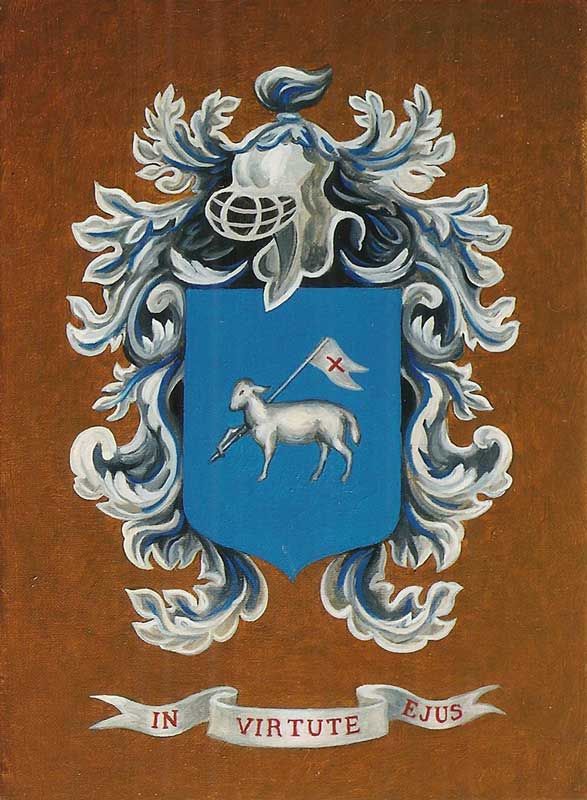Armoiries
Here are some examples of coats of arms that I have been able to carry out according to the documents and indications that have been communicated to me.
"Weapons" are emblems painted on a shield, which must be described in the language of the coat of arms, and which designate someone or something. They have the same role as a brand or a logo, or a proper name: they are the heraldic way to identify, represent or evoke a person, physical or moral (house or family, city, corporation ...). Weapons are generally considered the (intellectual) property of that person, who is the owner.
The "shield", or "shield" (shield) is the central and main element of the coat of arms, it is the privileged support on which the arms are represented. However, several weapons can be represented on the same shield, without necessarily representing a single person: it can be the union of two weapons representing a marriage, or the superposition of many weapons. A shield represents weapons, or an alliance of weapons. In all cases, the shield graphically delineates the subject of the composition, and is sufficient to identify weapons or an alliance.
The "coat of arms" (word always in the plural) is what is represented graphically on an armored object (at least the shield). The coat of arms includes the whole of the panoply formed by the shield, which designates the subject, and its possible external ornaments (support, crown, collar of order ...), which say something on this subject. Some external ornaments (crest, tenants) belong to the arms (and are systematically associated with them), some are arbitrary or fanciful (lambrequins, allegorical or votive symbols), but most are the heraldic representation of titles, positions or dignities; they are officially attributed, and may vary according to the status of the holder at a given moment.
"To blazon" means to describe coats of arms. The "coat of arms" is what results: it is the description (in heraldic terms) of all that is significant in coats of arms, and more specifically on the shield. The correspondence between a coat of arms and its representation is at the center of heraldry; the image of a coat of arms must make it possible to correctly represent coats of arms, and the correct reading of coats of arms must lead to a coat of arms that reflects all its significant features. Two representations (or coats of arms) are equivalent if they respond to the same coat of arms, then they are the same weapons (but there may be several equivalent ways to emblazon weapons).



